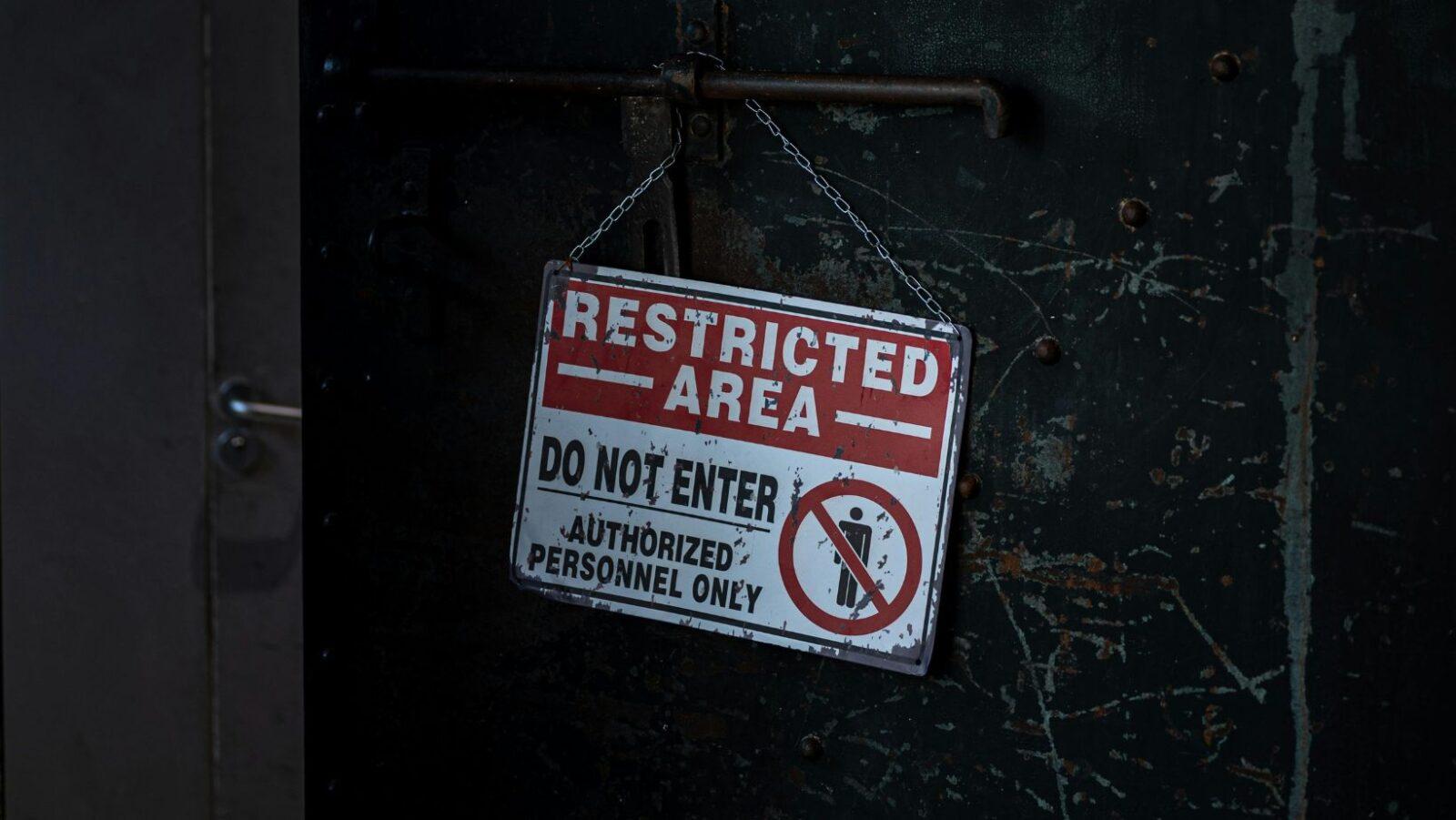
By Abigail L. Tan
What would you do if, right in the middle of a global pandemic, the medicine that you rely on daily to keep your organs functioning properly suddenly became very hard to get? As you scour through both physical and online drug stores, the sudden scarcity makes you more desperate, and so you try asking your doctor. Unfortunately, even your doctor can’t help you out because this medicine is only produced overseas.
This was exactly what happened to patients with systemic lupus erythematosus (SLE) — the disease most people think about when they hear the word “lupus” — in 2020. Alongside other anti-malarial drugs, a previously lesser-known medicine called hydroxychloroquine sulfate (HCQ) was endorsed by various news outlets, politicians, and other famous personalities for treating COVID-19, even though there was no clinical basis for the claims. It became so popular almost instantly that people who did not even need it began to hoard it, much to the dismay of the SLE patients who depended on it for their lives. This heavy blow came to one of the most vulnerable populations during the height of the pandemic, whose condition made them more susceptible to the virus.
Filipino SLE patients also had a hard time accessing this medicine because of the resulting worldwide shortage, adding to the already-considerable weight of their daily health burdens.
Chronic vulnerability: the sad reality of overlooked Filipino SLE patients
SLE is a chronic autoimmune illness that can affect a patient’s body in a variety of ways. This disease has no known cure, and when it is active, the immune system attacks healthy cells instead of protecting them. This causes pain and damage to the organs, including major organs such as the heart, lungs, and kidneys.
The cause of the disease is unknown, but many factors like exposure to the sun, the summer season, stress, hormones, other infections, personal diet, intake of herbal medication, and even cosmetics have been identified as triggers. Before the disease becomes active, otherwise known as a lupus flare, patients can also experience symptoms like body pain, rashes, oral sores, and hair loss.
Around the world, there are approximately 5 million people suffering from lupus, and about 70% of these are cases of SLE. Research has also revealed that women are more likely to suffer from SLE, regardless of age and race. In Asia, SLE affects 30 to 50 of every 100,000 people. The disease manifestations of SLE also appear to be more common and severe among Asians, Hispanics, and African-Americans. The leading causes of death among Asian SLE patients are infections, active SLE, and cardiovascular issues. For Filipino SLE patients, the 5-year survival rate is 88%.
Patients with SLE can still have a better quality of life with early diagnosis and proper disease management. The specific medication needed by patients depends on the organs affected. However, anti-malarial drugs like HCQ are so essential for survival that they are needed by SLE patients despite the status of their flare. So whether or not they have active SLE, they are still usually prescribed this medicine for maintenance.
A heavy cross to bear: the hidden burdens of SLE
Misdiagnosis
Early diagnosis with proper medication is necessary to improve an SLE patient’s quality of life. However, since the symptoms SLE patients experience are also commonly found in other diseases and because different organs are affected depending on the patient, a proper diagnosis is challenging. Due to misdiagnosis, the current data on the disease is inaccurate. Moreover, Filipino SLE patients are typically misdiagnosed or underdiagnosed; hence, there is no reliable prevalence data about SLE.
Psychosocial and financial burden
SLE patients who are already struggling financially have an additional burden due to the cost of medication and possible functional disability (which can also affect their ability to secure employment). Unsurprisingly, mortality rates for poor SLE patients are higher due to accumulated damage from SLE.
The financial burden for Filipino SLE patients is particularly heavy, especially for those who are economically deprived. The current minimum daily wage in the Philippines ranges from PHP 271.24 to PHP 500.44, depending on the region. Another factor is if the individual belongs to the non-agricultural or agricultural sector, with the latter having lower rates.
The most basic medication needed by SLE patients with active flares or who are in remission is HCQ, which may cost anywhere from PHP 56.75 to PHP 95.25 for a 200 mg tablet (depending on the brand and pharmacy). HCQ needs to be taken daily, with varying dosages depending on the individual patients (some take more than 1 tablet per day). In other words, a single tablet can take up between 11% and 21% of the daily wage of a Filipino minimum-wage earner with SLE — and that doesn’t include other types of medicine that patients with a more severe progression of SLE may also need.
Some patients who have a Persons With Disability (PWD) ID card can get a discount of up to 20% on their medicine. However, not all SLE patients are eligible for a PWD card, because even though they need to take maintenance medication for their condition, their symptoms are not part of the list of disabilities approved by the Department of Health (DOH) for eligibility.
Policies supporting Filipino SLE patients
In 2010, Senator Manuel Lapid filed the Comprehensive Systematic Lupus Erythematosus (Lupus) Disease Prevention Act of 2010 (Senate Bill No. 989), which still remains pending to date.
A more recent bill, the Comprehensive Lupus Prevention Act 2018 (Senate Bill No. 2070), was filed by Senator Nancy Binay. The bill outlines strategies that could address the issues and concerns surrounding SLE patient support in the country, such as the promotion of research and collaboration on lupus country statistics through an annual survey for prevalence and incidence of SLE in the Philippines. Another strategy is the establishment of a national program for lupus awareness, prevention, support, and treatment by the DOH.
Programs and services for SLE patients are also indicated in the bill, including orientation and counseling for patients, a national and regional referral system to improve service delivery, publication of results and initiatives for transparency, training for health workers, establishment of an information monitoring system dedicated to statistics on SLE in the Philippines, and protecting patient rights against forced administration of treatment. However, this bill has also yet to be passed.
Support groups for Filipino SLE patients
Even though SLE patients in the Philippines are still not receiving adequate support from the government, there are existing local groups, albeit few, that recognize the plight of Filipino SLE patients.
The Lupus Support Group Philippines [LSGP] Facebook group has over 3,200 members who are patients or relatives of patients with SLE and other chronic illnesses. Another organization providing support for Filipino SLE patients is the Hope for Lupus Foundation, Inc., a local non-profit organization whose goal is to increase awareness about lupus so that patients can be diagnosed early and given proper treatment. This foundation was established in 2016 by Emmeline Aglipay-Villar, a lupus patient who spent years suffering from symptoms without being properly diagnosed, alongside two other patients and two rheumatologists.
Through these social support programs, reliable information about SLE and disease management can be disseminated to both SLE patients and their relatives. The inclusion of patient relatives in this discussion underscores the importance of social support in the self-management of chronic illnesses, which is essential in promoting positive health outcomes for the patient.
As we hope for a better and healthier future for Filipino SLE patients, raising awareness and facilitating inclusive discourse may seem cliché. But understanding the Filipino SLE patients’ journey in navigating life with this chronic illness goes a long way. Creating a network of people who care enough to empathize with and support patients and their relatives can help ease psychosocial and mental stress by providing them with a supportive environment.—MF
About the author: Abigail L. Tan is a Deakin University alumna under the Graduate Diploma of Health Promotion degree. She is a health promotion practitioner and research consultant from EpiMetrics, Inc. working on different public health research projects in partnership with organizations like the Department of Health, World Health Organization, Philippine Health Insurance Corporation, and Philippine Institute for Development Studies. She also works at Ateneo de Manila University as part-time faculty in the Health Sciences program, and is the Executive Director of T3 Foundation Inc.
References
- Centers for Disease Control and Prevention 2018, Systemic Lupus Erythematosus (SLE), U.S. Department of Health & Human Services, retrieved May 30, 2020, <https://www.cdc.gov/lupus/facts/detailed.html#treat>.
- Department of Health 2013, Philippine Registry for Persons with Disability, Department of Health. Philippines, retrieved May 18, 2020, <https://pwd.doh.gov.ph/register.php>.
- Hope for Lupus Foundation Inc 2020, Hope for Lupus: Building a World Without Lupus, Hope for Lupus Foundation Inc., retrieved May 9, 2020, <http://hopeforlupus.org.ph/>.
- Jacobs, S 2018, Identifying Social Determinants of Mortality in Systemic Lupus Erythematosus, Rheumatology Advisor. Haymarket Media, Inc., retrieved May 15, 2020, <https://www.rheumatologyadvisor.com/home/topics/systemic-lupus-erythematosus/identifying-social-determinants-of-mortality-in-systemic-lupus-erythematosus/>.
- Jakes, RW, Bae, S-c, Louthrenoo, W, Mok, C-c, Navarra, SV & Kwon, N 2012, ‘Systematic Review of the Epidemiology of Systemic Lupus Erythematosus in the Asia-Pacific Region: Prevalence, Incidence, Clinical Features, and Mortality’, Arthritis Care & Research, vol. 64, No. 2, February 2012, pp 159–168.
- Kakati, S, Teronpi, R & Barman, B 2015, ‘Frequency, pattern and determinants of flare in systemic lupus erythematosus: A study from North East India’, The Egyptian Rheumatologist. vol. 37, S55–S59.
- Lupus Support Group Philippines 2020, Lupus Support Group Philippines, Facebook, retrieved May 18, 2020, <https://www.facebook.com/groups/1712773625717874>.
McHugh, GA, Conaghan, PG, McConville, M, Cullen, A, Hadi, MA & Kingsbury, SR 2018, ‘Promoting self‐management in older people with arthritis: Preliminary findings of the Northern Ireland Staying Connected Programme’, Musculoskeletal Care. 2018;16:489–493. - Mehta, B, Salmon, J & Ibrahim, S 2020, Potential Shortages of Hydroxychloroquine for Patients with Lupus During the Coronavirus Disease 2019 Pandemic, JAMA Health Forum. American Medical Association, retrieved May 15, 2020, <https://jamanetwork.com/channels/health-forum/fullarticle/2764607>.
- National Wages and Productivity Commission 2022, Current Real Minimum Wage, Department of Labor and Employment. Philippines retrieved January 5, 2023, <https://nwpc.dole.gov.ph/stats/current-real-minimum-wage-rates/>.
- Navarra, S, Ishimori, M, Uy, E, Hamijoyo, L, Sama, J, James, J, Holers, V & Weisman, M 2011, ‘Studies of Filipino patients with systemic lupus erythematosus: Autoantibody profile of first-degree relatives’, Lupus (2011) 20, 537–543.
- Pons-Estel, GJ, Alarcón, GS, Scofield, L, Reinlib, L & Cooper, GS 2010, ‘Understanding the Epidemiology and Progression of Systemic Lupus Erythematosus’, Semin Arthritis Rheum. 2010 February ; 39(4): 257. doi:10.1016/j.semarthrit.2008.10.007.
- Rose Pharmacy Inc 2023a, HCQS 200mg Tablet, Rose Pharmacy Inc. Philippines, retrieved January 5, 2023, <https://www.rosepharmacy.com/product/hcqs-200mg-tablet/>.
- Rose Pharmacy Inc 2023b, Plaquenil 200mg Tablet, Rose Pharmacy Inc. Philippines, retrieved Janaury 5, 2023, <https://www.rosepharmacy.com/product/plaquenil-200-mg-tablet/>.
- Rees, F, Doherty, M, Grainge, MJ, Lanyon, P & Zhang, W 2017, ‘The worldwide incidence and prevalence of systemic lupus erythematosus: a systematic review of epidemiological studies’, Rheumatology 2017;56:1945-1961.
- Van Vollenhoven, Rv, Voskuyl, A, Bertsias, G, Aranow, C, Aringer, M, Arnaud, L, Askanase, A, Balážová, P, Bonfa, E, Bootsma, H, Boumpas, D, Bruce, I, Cervera, R, Clarke, A, Coney, C, Costedoat-Chalumeau, N, Czirják, L, Derksen, R, Doria, A, Dörner, T, Fischer-Betz, R, Fritsch-Stork, R, Gordon, C, Graninger, W, Györi, N, Houssiau, F, Isenberg, D, Jacobsen, S, Jayne, D, Kuhn, A, Guern, VL, Lerstrøm, K, Levy, R, Machado-Ribeiro, F, Mariette, X, Missaykeh, J, Morand, E, Mosca, M, Inanc, M, Navarra, S, Neumann, I, Olesinska, M, Petri, M, Rahman, A, Rekvig, OP, Rovensky, J, Shoenfeld, Y, Smolen, J, Tincani, A, Urowitz, M, Leeuw, Bv, Vasconcelos, C, Voss, A, Werth, VP, Zakharova, H, Zoma, A, Schneider, M & Ward, M 2017, ‘A framework for remission in SLE: consensus findings from a large international task force on definitions of remission in SLE (DORIS)’, Ann Rheum Dis 2017;76:554–561.
- Vista, E 2018, What about Lupus?, St. Luke’s Medical Center, Philippines, retrieved May 11, 2020, <https://www.stlukes.com.ph/health-library/health-articles/what-about-lupus>.
- Vista, E 2020, Hydroxychloroquine: The lupus drug on spotlight in the fight against COVID-19, ABS-CBN Corporation. Philippines, retrieved May 18, 2020, <https://news.abs-cbn.com/life/04/21/20/hydroxychloroquine-the-lupus-drug-on-spotlight-in-the-fight-against-covid-19>.
- World Lupus Federation 2020, World Lupus Day, Lupus Foundation of America, retrieved May 30, 2020, <https://worldlupusday.org/lupus-facts-and-statistics/>.
- Yelin, E, Yazdany, J & Trupin, L 2018, ‘Relationship Between Poverty and Mortality in Systemic Lupus Erythematosus’, Arthritis Care & Research Vol. 70, No. 7, pp 1101–1106.
- Zamora, G 2019, Lupus in the Philippines: Current status and new trends in diagnosis and management, MIMS Multidisciplinary. MIMS Pte Ltd., retrieved May 11, 2020, <https://specialty.mims.com/topic/lupus-in-the-philippines–current-status-and-new-trends-in-diagnosis-and-management>.
- Zoleta, V 2020, Guide to PWD ID Application and Benefits in the Philippines, Moneymax. Philippines, retrieved May 18, 2020, <https://www.moneymax.ph/government-services/articles/pwd-id-application>.









